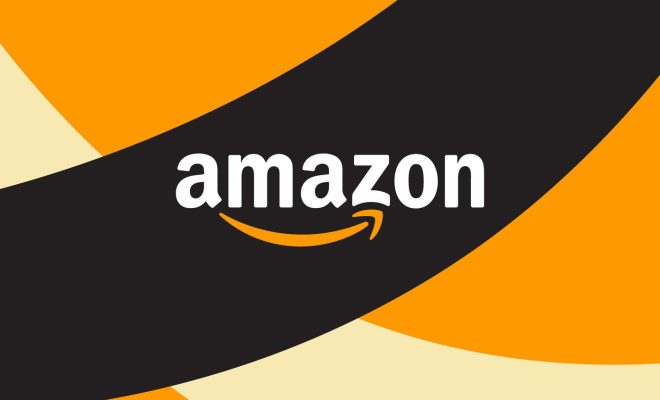Is X-10 an Obsolete Technology?

X-10 is a technology that has been around for over four decades, enabling homes and businesses to control their lighting and appliances remotely via a powerline communication system. Despite its long-standing presence in the market, there has been some debate about whether X-10 technology is now obsolete. In this article, we will explore what X-10 is, its advantages and disadvantages, and whether it is still relevant in today’s modern world.
What is X-10?
X-10 is a protocol that allows devices to communicate with each other through a home’s or business’s electrical wiring, allowing for the remote control of devices such as lights, thermostats, and appliances. The technology was first introduced in the 1970s and quickly gained popularity due to its easy installation and affordable price.
Advantages of X-10:
One of the main advantages of X-10 is that it is a simple and inexpensive way to automate a home or business without the need for extensive rewiring or the installation of complicated systems. X-10 devices and components are readily available and can be easily installed by anyone, regardless of their technical expertise. The technology is also backward compatible, which means that older devices will work with newer components.
Disadvantages of X-10:
One major disadvantage of X-10 is that it is not always reliable. Because it uses the power line as a communication medium, X-10 signals can be disrupted by noise or interference from other appliances in the home or business. This can lead to missed commands, delayed responses, or even malfunctioning devices.
Another disadvantage is that the system operates on a slow speed, making it unsuitable for some home automation applications. For example, controlling a security camera or streaming media around your home require fast, consistent connections that X-10 cannot maintain.
Is X-10 obsolete?
In today’s market, there are a variety of alternative technologies that offer more advanced and reliable home automation systems. The introduction of Wi-Fi-connected devices, such as smart speakers, thermostats, and lighting systems, provide a much more convenient, responsive, and user-friendly experience.
While X-10 can still be useful for some basic automation tasks, it is not relevant for applications that require faster speeds or more reliable connections. Many manufacturers have stopped producing new X-10 products, and existing ones tend to be pricey due to lack of available supply. Therefore, users will find it harder to get replacements or troubleshoot problems they experience with older X-10 devices.
In conclusion, while X-10 was once a revolutionary technology, it is now outdated in comparison to newer home automation solutions such as Wi-Fi-connected devices. However, X-10 still has some advantages in terms of its affordability and backward compatibility. It may still be a useful choice for those on a tight budget and who want to stick to simple automation tasks, but if you are looking for a modern, efficient home automation technology, you are likely to find better alternatives.






